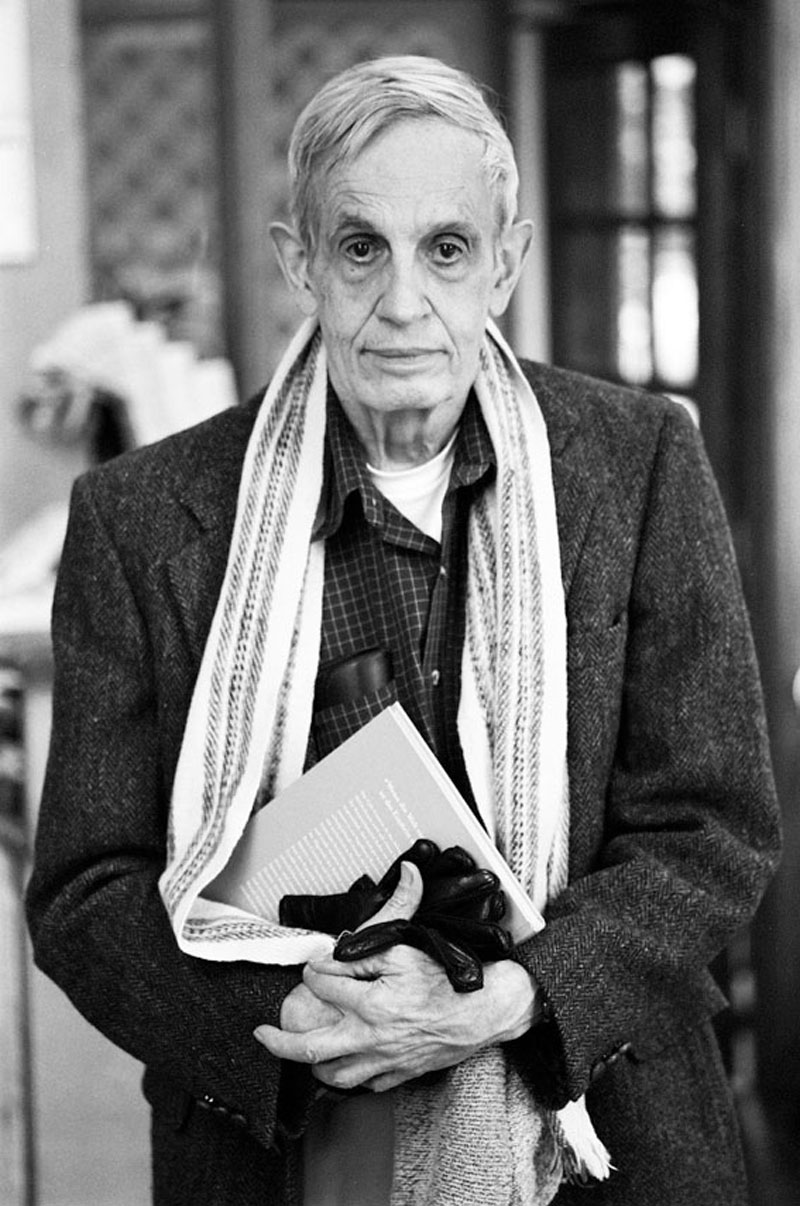Schizophrenia
- Schizophrenia is a mental disorder often characterized by abnormal social behavior and failure to recognize what is real. Common symptoms include false beliefs, unclear or confused thinking, auditory hallucinations, reduced social engagement, and lack of motivation.
- Schizophrenia, paranoid type, is the most common type of schizophrenia. The clinical picture is dominated by relatively stable, often persecutory, delusions, usually accompanied by hallucinations.
- The prominent characteristics of schizophrenia, disorganized type are disorganized behavior and speech, including loosened associations and word salad, and flat or inappropriate affect. Delusions and hallucinations are not prominent features.
- With schizophrenia, catatonic type, the subject may be almost immobile or exhibit agitated, purposeless movement. Symptoms can include stupor and decreased response to stimuli and a tendency to remain in an immobile posture.
- Positive symptoms are those that most individuals do not normally experience but are present in people with schizophrenia. They can include delusions, disordered thoughts and hallucinations, typically regarded as manifestations of psychosis.
- Negative symptoms of schizophrenia are deficits of normal emotional responses or of other thought processes, and are less responsive to medication. They commonly include flat expressions or little emotion, inability to experience pleasure, and lack of motivation.
- A prodrome is an early symptom (or set of symptoms) that might indicate the start of a disease before specific symptoms occur.
- Psychosis refers to an abnormal condition of the mind described as involving a 'loss of contact with reality', personality changes and thought disorder. Depending on its severity, this may be accompanied by unusual or bizarre behavior.
- A delusion is a belief held with strong conviction despite superior evidence to the contrary. As a pathology, it is distinct from a belief based on false or incomplete information, confabulation, dogma, illusion, or other effects of perception.
- Delusions of reference describe the phenomenon of an individual's experiencing innocuous events or mere coincidences and believing they have strong personal significance.
- With delusions of persecution the affected person believes that harm is occurring, or is going to occur. They have a delusion that an individual or individuals have the intention to cause them harm.
- Delusions of grandeur are characterized by fantastical beliefs that one is famous, omnipotent, wealthy, or otherwise very powerful. The delusions are generally fantastic and typically have a supernatural, science-fictional, or religious theme.
- Thought disorder refers to disorganized thinking as evidenced by disorganized speech. This one of two types of disordered thinking, with the other type being delusions.
- Thought broadcasting is the belief that others can hear or are aware of an individual's thoughts. This differs from telepathy in that the thoughts being broadcast are thought to be available to anybody.
- Thought insertion is the idea that another thinks through the mind of the person. The person may sometimes be unable to distinguish between their own thoughts and those inserted into their minds.
- A hallucination is a perception in the absence of external stimulus that has qualities of real perception.
- Echolalia is the automatic repetition of vocalizations made by another person (by the same person is called palilalia).
- Word salad is a confused or unintelligible mixture of seemingly random words and phrases, most often used to describe a symptom of a neurological or mental disorder. The words may or may not be grammatically correct.
- Apathy is a lack of feeling, emotion, interest, and concern.
- Reduced affect display refers to reduced emotional reactivity in an individual. It manifests as a failure to express feelings either verbally or non-verbally, especially when talking about issues that would normally be expected to engage the emotions.
- Diathesis-stress model is a psychological theory that attempts to explain behavior as a predispositional vulnerability together with stress from life experiences.

John Nash, an American mathematician and joint winner of the 1994 Nobel Prize for Economics, who had schizophrenia.
